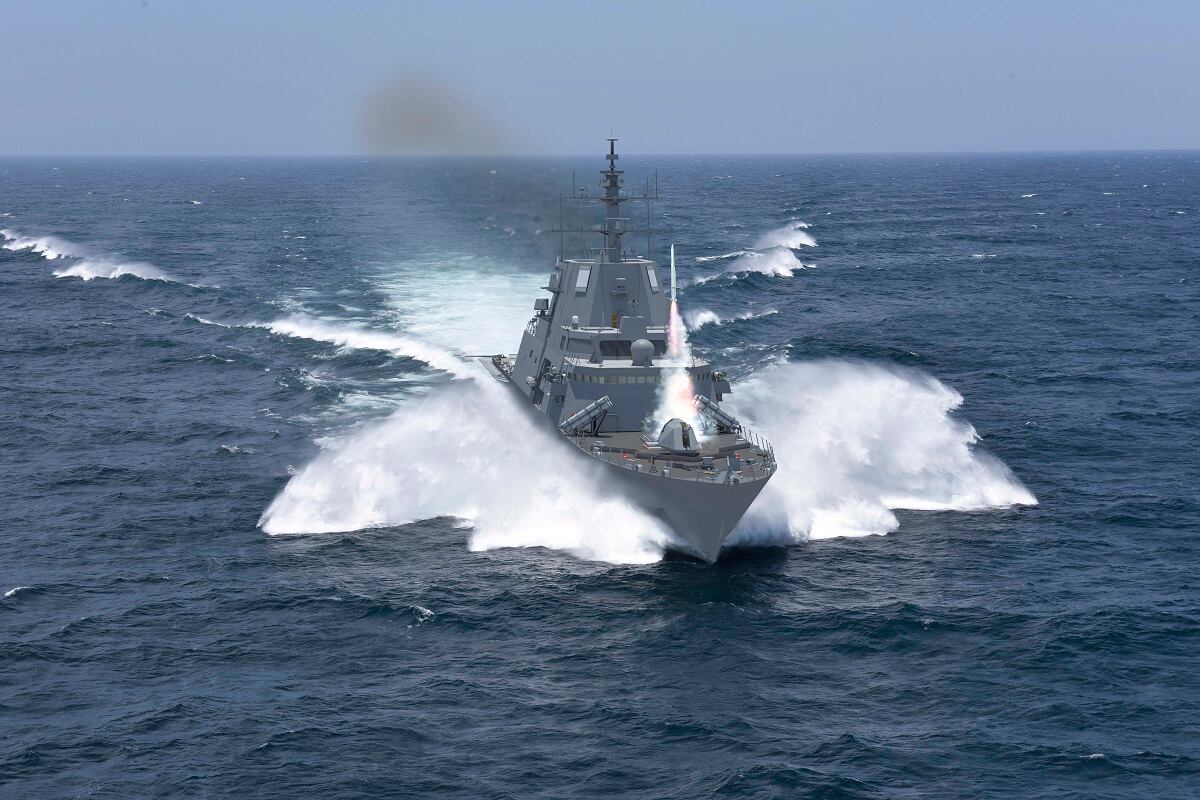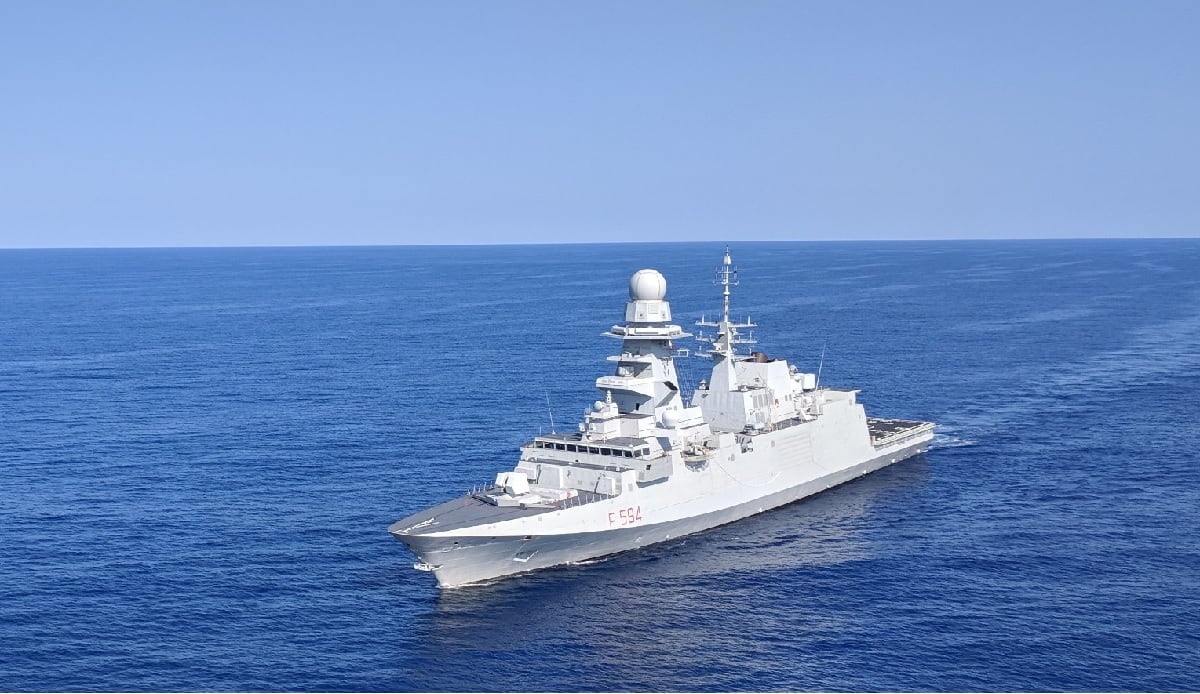PARIS – Lockheed Martin is planning to shift from its littoral combat ship’s water-jet propulsion to a propulsion system that the U.S. Navy is more familiar with for its future frigate offering, Lockheed’s vice president for small combatants and ship systems told reporters at the 2018 Euronaval show.
As it works through the Navy’s requirements for its FFG(X) program, Lockheed is hoping that a more traditional twin-screw design with independent drive trains will entice the service towards its offering.
One of the major hang-ups with the design requirements for all the competitors has been requirement that the engineering spaces be separated by a certain number of meters so that if the ship takes damage in one area, the other space should be online to drive the ship. If the design can’t meet the spacing requirement, an alternative propulsion unit has to be installed.
RELATED

For Lockheed, the decision was to try and meet the spacing requirement, which is making its FFG(X) offering a bigger ship than the Freedom-variant littoral combat ship.
“We felt the more traditional approach to the suite, going with more of the ... port and starboard side, redundant type of propulsion trains, that familiarity would be well received by the Navy. Going to more of a common system sized for the FFG(X),” said Joe DePietro.
“It does require the ship to be longer, given those separation requirements and how you plan to stagger your port and starboard configuration of the combining gear/reduction gear, running into a single shaft into a screw on either side. You have to have a certain amount of separation and they have to be fully independent.”
As for the system itself, Lockheed is keeping its options open, but is looking hard and combined diesel and gas systems, or even combined diesel and diesel, give the speed requirements for FFG(X), which are well reduced from what they were for the speedy LCS.
The fleet has been receptive but mixed on the idea of a straight diesel propulsion system. But the trade-off for gas turbines is less fuel efficiency, which impacts range, DePietro said.
In February, the Navy announced that it had awarded design contracts to asked to Huntington Ingalls, Lockheed Martin, Austal USA, General Dynamics Bath Iron Works, and Italian shipbuilder Fincantieri have all been asked to submit mature designs.
Lockheed is playing a strong hand going into selection, however, because of its partnership with Fincantieri on the Freedom-variant LCS, which is built at Fincantieri’s Marinette Marine shipyard in Wisconsin. Lockheed will either win the award for its modified LCS or it will be a systems integrator for Fincantieri’s FREMM, which is another leading competitor for the program.
RELATED

David B. Larter was the naval warfare reporter for Defense News.








